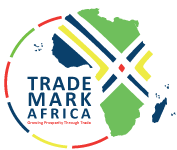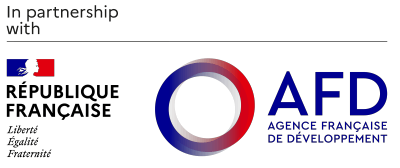The adoption of a Single Customs Territory (SCT) in January 2014 has contributed to an 11.5 per cent increase in volume of goods handled at the port of Mombasa. Rwanda and Uganda have saved a combined $400 million in clearance and inland shipping costs from the port. The five member states of the East African Community are working for towards greater economic integration, are building a single, coherent and efficient market in the region in keeping with their obligations under the EAC Customs Union.
Kenya, Rwanda and Uganda Protocol launched a pilot SCT in January 2014, unifying the Customs procedures along the Mombasa-Kampala-Kigali route, to create a flow of freight from Mombasa port to the interior and back. Under the SCT, several weighbridges and Customs posts have been streamlined or removed altogether to allow for the free movement of goods. For instance, oil consignments intended for Uganda and Rwanda are now cleared in bulk of up to 1 million litres in a single transaction. This results in operational cost savings and the exporting companies are no longer required to submit or clear each truckload individually.
“We are able to load out trucks from the port of Mombasa, which was not the case before. This has increased our supply volumes. We are able to pay for the cargo well in advance since there is no longer any fear of diversion of the commodity locally,” said Sam Bukenya, supply co-ordinator for Vivo Energy Uganda. The time taken to clear fuel shipments from Kisumu, Eldoret or Malaba border has been cut to eight hours from 72, besides the Ugandan suppliers being able to load fuel from Mombasa directly.
Mr Bukenya said the SCT systems now allow Ugandan importers to directly manage their stocks from the point of entry, which was not the case before. “We can now make decisions easily because we are dealing with the Uganda Revenue Authority, which is much faster than having the entire process managed by our Kenyan affiliate (Vivo Energy Kenya),” Mr Bukenya added. The indirect benefits of the system are being felt inland. The new hydrocarbon reserves found in the region, and a faster, more efficient mechanism for moving oil products inland, have brought in new investments in energy infrastructure.
“We haven’t had fuel shortages in Uganda for some time now as our capacity is sufficient. At any one time, our tankers are full because of our new processes. Everything is more predictable. This month, I expect Ush90 billion ($27 million) worth of taxes from fuel because I know what is coming from Mombasa upfront,” said Dickson Kateshumba, the Customs Commissioner at URA. “It has also helped to edge out players who are selling smuggled fuel. It is now not possible for one to bring in goods such as fuel without paying.”
For individual drivers and exporters, the cost of shipping has been reduced considerably. Rather than paying up to $1,000 in bond and clearing fees along the route, drivers pay $300-$400 per shipment, freeing up capital for investment in their businesses. “Everything has changed. There is less congestion at the border, and the time we were losing on truck turnaround has been reduced. We are also saving on business financing,” Mr Bukenya said.
The border posts along the main arteries connecting the port of Mombasa in Kenya to the East African hinterland are notorious for their long queues and harried Customs officials. And so it was that, with each shipment, drivers and their clients lost days at Customs posts as their cargo was checked and re-checked at weighbridges. “It used to be a horrible process,” said Kassim Omar, a former truck driver and the co-chair of the Uganda National Monitoring Committee, a state body formed under the East African Customs Union to deal with complaints about trade barriers affecting traders. “The trucks had to be weighed several times within the same country while the port procedures remained inefficient and cumbersome,” said Mr Omar who also chairs the Ugandan Clearing and Forwarding Association.
TradeMark Africa (TMA), which works on a range of programmes aimed at facilitating trade and regional integration in the EAC, supported the three countries’ revenue authorities as they worked to harmonise their processes. Allen Asiimwe the TMA Uganda country director says that the organisation supported Uganda Revenue Authority with an upgrade of its Customs management system, Asycuda World. The web-based system integrates with the revenue systems of Kenya and Rwanda, allowing imports to be seamlessly tracked across the new SCT corridor.
This article was first published by The East African
Source: TradeMark Africa (TMA)















